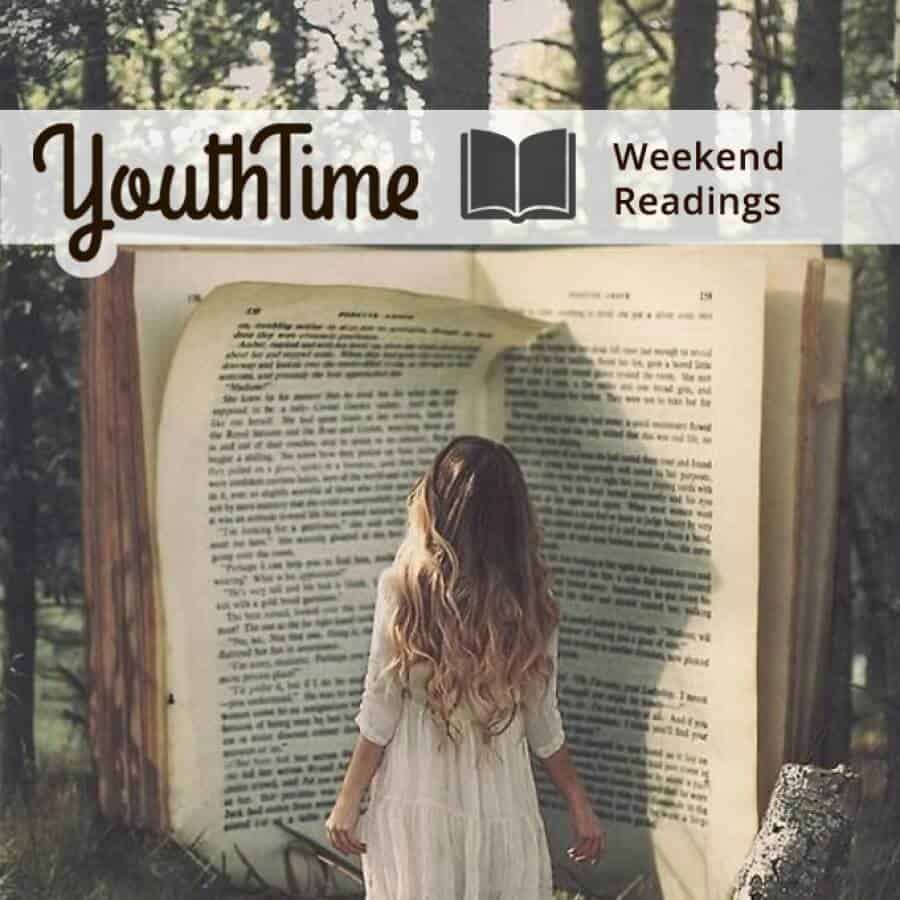There are books that you should definitely read more than once. You can enjoy them all over again, but more importantly – you can find a deeper meaning in them. Words echo differently when you reread them after a few years. We have prepared a list of five books, typically considered children’s books, but actually so layered that they can provide you with universal truths.
The Little Prince by Antoine de Saint-Exupéry (1943)
This beautiful story is an allegory that will leave you with a nostallgic smile. It’s over all too soon! But looking on the bright side, the book’s brevity gives you the opportunity to read this piece over and over again. The book actually deals with what it means to grow up and what it means to be a child; what happens to a human being and what is its identity. You will enjoy short and meaningful dialogues that reveal the biggest truths about human relationships and the basic needs of any human – to love and to belong. The author’s illustrations underline the great messages this book has to offer.
And now here is my secret, a very simple secret: It is only with the heart that one can see rightly; what is essential is invisible to the eye.
You can read it online for free here.
The Giving Tree by Shel Silverstein (1964)
Most of us had a childhood enriched by this book. The illustrations complete the author’s words; and most people read the book many times, since it is indeed very short. The book has been seen as too sad for children and too simple for adults (according to the editor of Simon&Schuster). The truth is, the book is real. Just as Disney movies have their sad moments or even ambiguous endings, this book represents the true nature of one relationship. In this case, it is the relationship between a tree and a human being, but it is an allegory for all the possible relationships: family, friends, lovers… We get what we give, and we should nurture the reciprocity. Keeping the balance isn’t always easy, nor is putting your ego aside, for the good of someone else.
And the boy loved the tree…….very much. And the tree was happy.
You can listen to an audio book here.
The Missing Piece by Shel Silverstein (1976)
From the same author we have this illustrated book, also categorized as a children’s book. However, it is also very insightful for adults, especially when it comes to love relationships. A friend bought it as a gift, after her friend suffered through a bad break up. The book shows you what you think you know about the psychology of a relationship and possible reasons for splitting up. If you are always the one who thinks there’s something wrong with you after a break up, then this is a great book for you. It explains, in a playful way, why some relationships don’t work out. The myth of finding your missing piece is shown in a way that will cause an epiphany for you. You don’t have to lose yourself if you want to belong to someone. The great conclusion is that, if it didn’t work out, then it probably wasn’t supposed to. Sometimes even adults (or maybe especially adults) need pictures and simple language to understand what is happening.
– Well, maybe you want to be your own piece?
– I can be someone’s and still be my own.
You can read it online here.
Jonathan Livingston Seagull by Richard Bach (1970)
Some people say it’s a children book, some say it’s a spiritual guide. Why not consider it both? It is an allegory about Jonathan Livingston, a seagull that goes through life trying to figure out his own potential and to fly further away, every day. Fascinated by flying, he wants to learn all he can about it. A great story about the importance of being ambitious in life, pushing yourself out of your comfort zone and taking on two roles in the process of learning – the role of a student and the role of a teacher. The book is challenging in the sense that it makes you think about all the chances you miss just because you have a fear of failure. Jonathan is an outsider, so if you ever felt this way, reading about his life path should help you through. Guaranteed motivation through this easy read.
The gull sees farthest who flies highest.
You can read it online here.
Alice’s Adventures in Wonderland by Lewis Carroll (1865)
It is a children’s book, but it all depends on how you read it. The book is full of allusions to the absurdity of the world, and it illustrates the perplexed notions of reality and dreams. Carroll’s fantastic world has its own logic that isn’t compatible with the logic of the real world. But, then there is a layered message: the world as it should be isn’t compatible with the world we’re stuck in. So, don’t get fooled by the rabbit and the caterpillar (although they seem very fairytale-like), because this storyline has its share of social criticism as well as picturing the illogical behaviour of a modern human. Also, it is a great story about the fragility of one’s identity and the quest to find his purpose.
It’s no use going back to yesterday, because I was a different person then.
You can read it online here.
Support us!
All your donations will be used to pay the magazine’s journalists and to support the ongoing costs of maintaining the site.
Share this post
Interested in co-operating with us?
We are open to co-operation from writers and businesses alike. You can reach us on our email at [email protected]/[email protected] and we will get back to you as quick as we can.









